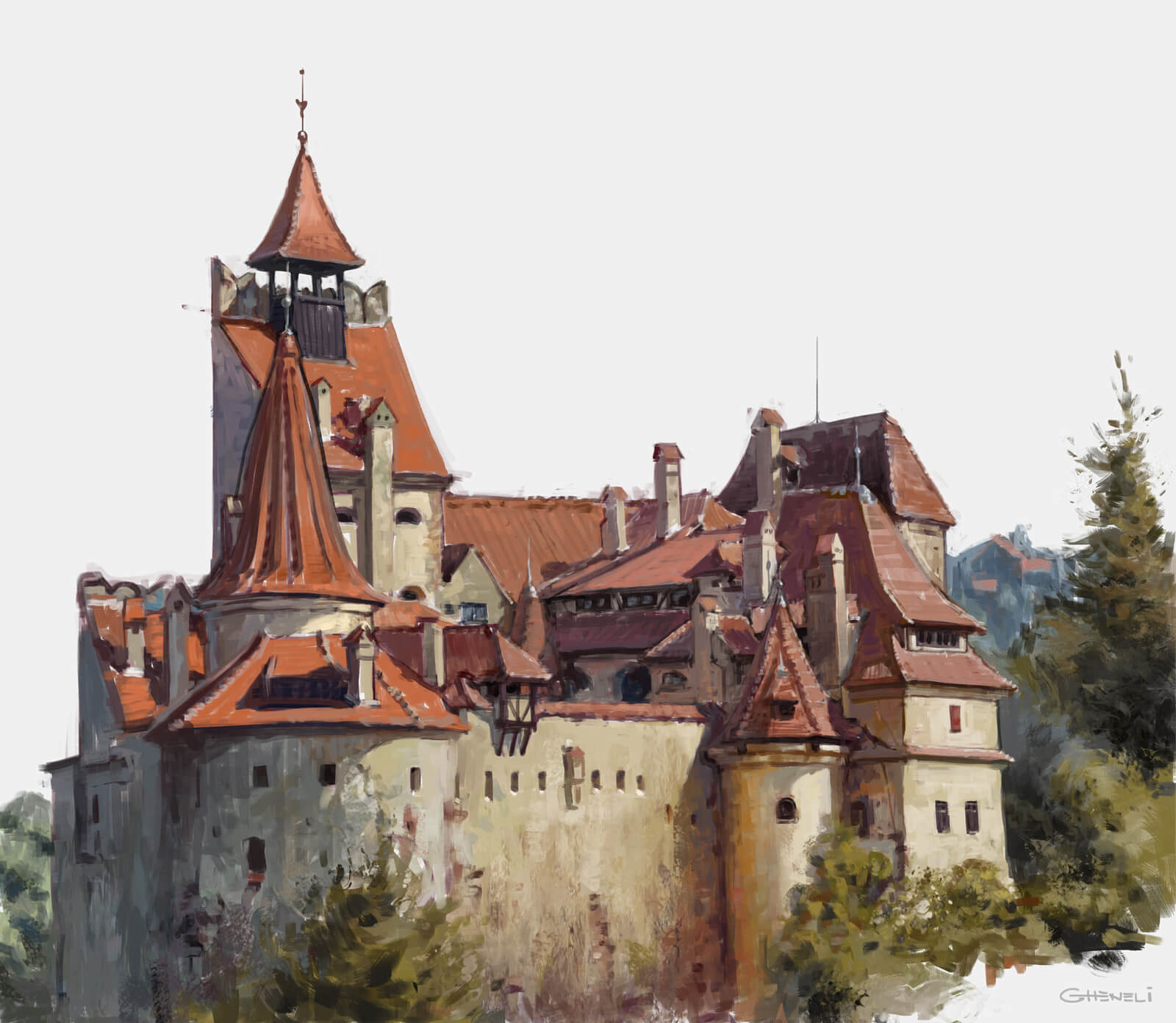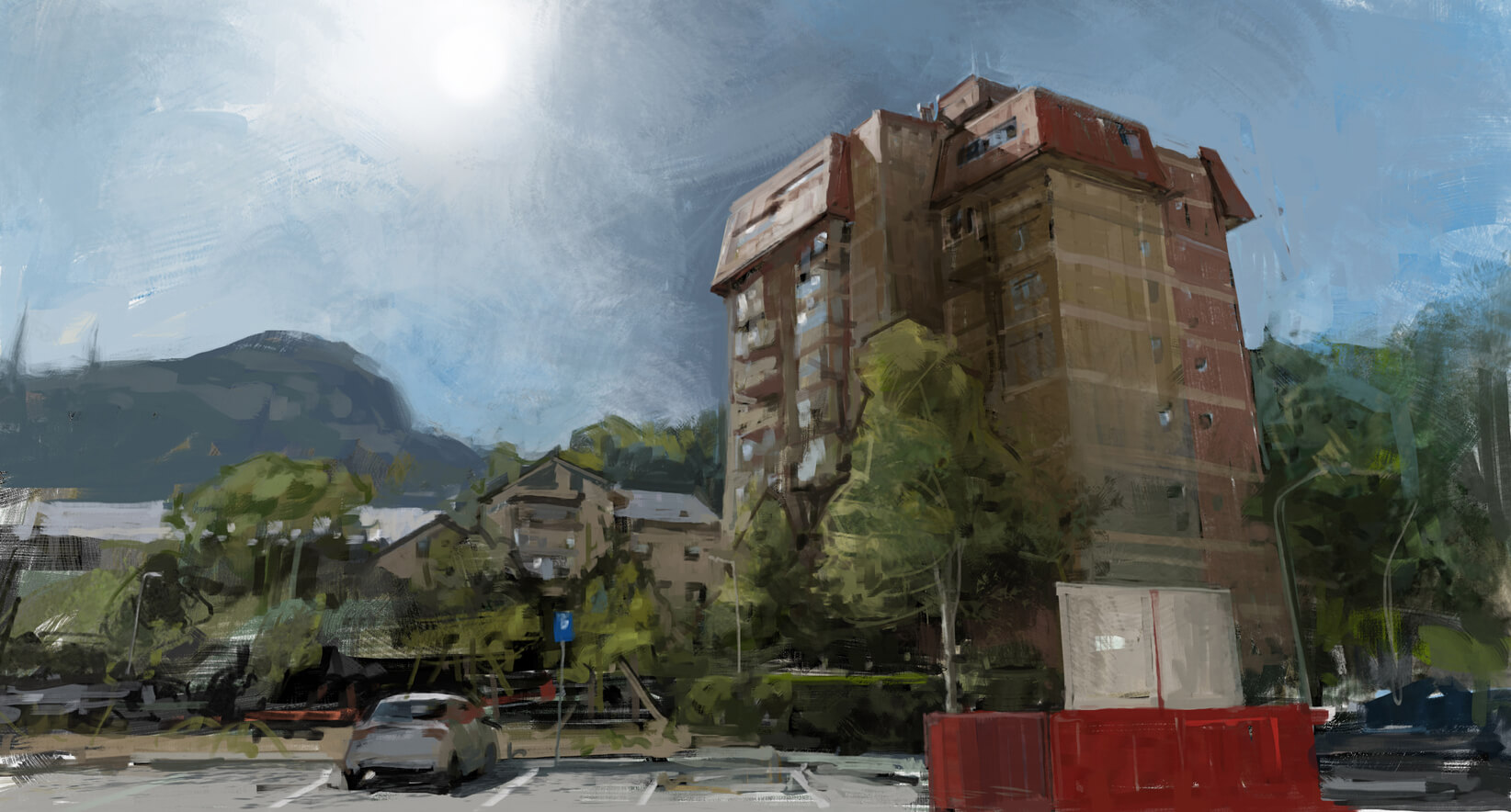10-08-2017, 11:14 PM
(10-04-2017, 11:34 PM)xelfereht Wrote: Dude! your work is awesome, I seen it around but I didn't know you were on here.
your sketches are so appealing and the predators, ah so sick :)
Thanks, dude! Yeah, you just found my "secret" sketchbook :)
(10-05-2017, 01:55 AM)Fedodika Wrote: YAAY tradiitonal wallent stufff!!!
haha, yup!
(10-06-2017, 03:12 PM)ThereIsNoJustice Wrote: Hey, Walent, great stuff as usual.
I wanted to ask what the deal is with this brush you swear by. I've messed around with it a bit and it seems it avoids a lot of those nasty digital overlaps, and I've made a few more brushes that kind of work the same. Is there anything else going on with this particular brush?
Hey, if by digital overlaps you mean those weird edges on each brush stroke, it's probably because you're using something like a hard round brush to blend. Anthony Jones uses a round brush, but as far as I know he's softening the brush when he wants a more soft blending. That's the soft rendering, meaning you create the blending using brush softness. Not everywhere though, not all areas are soft.
I use 2 brushes at the moment, I think you're referring to the one I use on anatomy renders. That one has a very textural edge, and I use that to blend. This is similar to what Kolesov and Peyravernay are doing, blending with texture. What I love about this particular brush is that I can do a build up with it, meaning that it uses a lot of pen pressure and I can use, for example, 3 brush strokes each with a different color to blend one area and every color will still be visible in the end, in various proportions, just like doing an underpaint in traditional, because the brush doesn't cover every pixel. This doesn't happen when you're using a brush that uniformly covers everything, like a round brush.
There's a catch of course, if I overdo it, it does becomes uniform, the texture gets lost and that's pretty dull, it happens when I stick to one area for too long. So that's another thing I love about it, I can render with just a few well placed strokes, and usually that's my goal, simplification.
Of course, this is me talking after I've been experimenting with this brush for years, so I kinda know what it can and can't do. For example it can't do hard edges, so I use the second brush for those.
Here are some more examples of how I use the second brush on hard edges, and the textured brush on everything that's organic, trees and clouds, sometimes just to add texture to a surface










